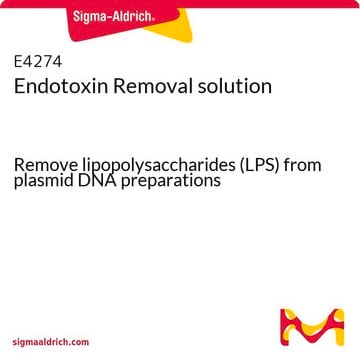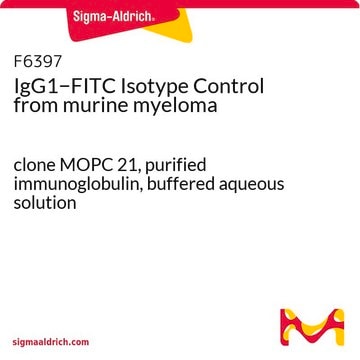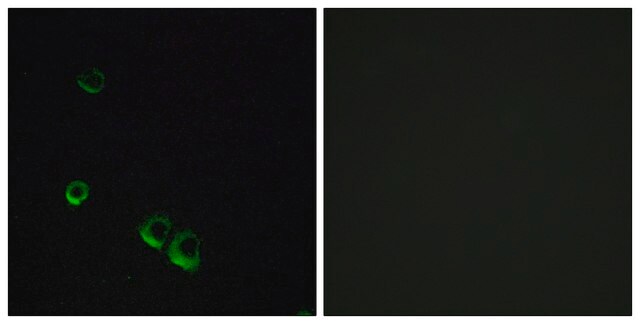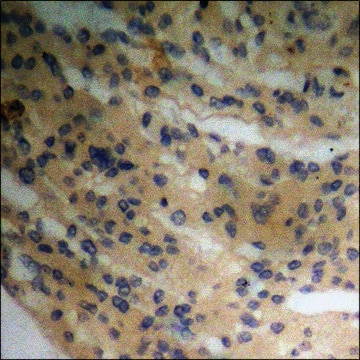F4049
Anticorps monoclonal ANTI-FLAG® M2 antibody produced in mouse
clone M2, purified immunoglobulin, buffered aqueous solution
Synonyme(s) :
Anti-ddddk, Anti-dykddddk
About This Item
Produits recommandés
Source biologique
mouse
Conjugué
FITC conjugate
Forme d'anticorps
purified immunoglobulin
Type de produit anticorps
primary antibodies
Clone
M2, monoclonal
Forme
buffered aqueous solution
Espèces réactives
all
Concentration
~1 mg/mL
Technique(s)
direct immunofluorescence: 10 μg/mL using mammalian cells fixed with methanol:acetone
Isotype
IgG1
Séquence immunogène
DYKDDDDK
Conditions d'expédition
dry ice
Température de stockage
−20°C
Vous recherchez des produits similaires ? Visite Guide de comparaison des produits
Description générale
Application
Learn more product details in ourFLAG® application portal.
Forme physique
Informations légales
Vous ne trouvez pas le bon produit ?
Essayez notre Outil de sélection de produits.
Code de la classe de stockage
10 - Combustible liquids
Classe de danger pour l'eau (WGK)
WGK 3
Point d'éclair (°F)
Not applicable
Point d'éclair (°C)
Not applicable
Certificats d'analyse (COA)
Recherchez un Certificats d'analyse (COA) en saisissant le numéro de lot du produit. Les numéros de lot figurent sur l'étiquette du produit après les mots "Lot" ou "Batch".
Déjà en possession de ce produit ?
Retrouvez la documentation relative aux produits que vous avez récemment achetés dans la Bibliothèque de documents.
Les clients ont également consulté
Articles
Glycans play a key role in protein structure and disease; representation on cell surfaces is the glycome.
Glycans play a key role in protein structure and disease; representation on cell surfaces is the glycome.
Glycans play a key role in protein structure and disease; representation on cell surfaces is the glycome.
Glycans play a key role in protein structure and disease; representation on cell surfaces is the glycome.
Notre équipe de scientifiques dispose d'une expérience dans tous les secteurs de la recherche, notamment en sciences de la vie, science des matériaux, synthèse chimique, chromatographie, analyse et dans de nombreux autres domaines..
Contacter notre Service technique















